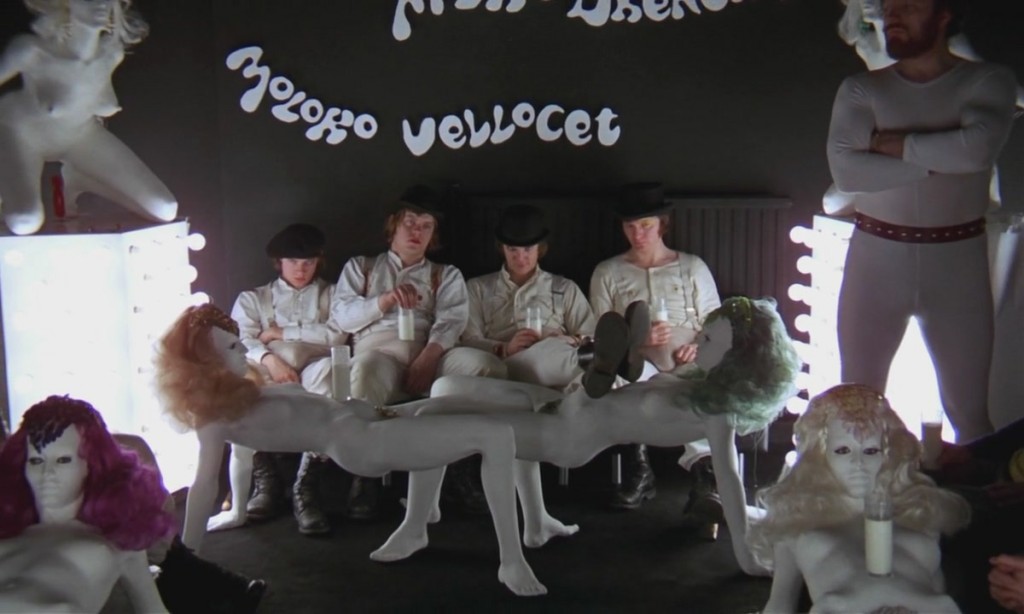Culture
The Story of This Story: A Clockwork Orange

Because I clearly have a serious lady boner for the dystopia subgenre, I thought this week I could talk about one of my favorites, A Clockwork Orange. “But wait, Marissa, isn’t that a movie?” Yes, but Stanley Kubrick’s masterpiece is based on Anthony Burgess’ work of genius. Just don’t tell Burgess that. Just kidding, you can’t, Burgess is dead. But he held with him to his grave contempt for Kubrick’s famous work.
A little background: Burgess was raised Catholic, but quickly decided it wasn’t for him. He often brought the themes of free will and original sin into his writing. In 1960 Burgess was told he had cancer and had only one year to live. In that year he furiously wrote five novels, one of which was A Clockwork Orange. The novel was heavily influenced by communist Russia, who he believed broke his cardinal rule of stomping on free will. He seriously disagreed with Britain’s decision to provide its citizens with health care, child support and housing. He also viewed American mass culture as “brainwashing.” Burgess often referred to A Clockwork Orange as “gimmicky” and “didactic.” He was a pleasant man, no?
A Clockwork Orange tells the tale of Alex, a 15-year-old hooligan with nothing but time on his hands and violence on his mind. He and his “droogs” run around getting into fights and raping women. Dim and the other droogs believe that power has gone to Alex’s head, and set him up to make it seem as though Alex has murdered an elderly woman. Alex receives a sentence of fourteen years for the crime, but after two is selected to be a part of a new treatment called the Ludovico Technique. This “technique” includes injecting Alex with a substance that makes him as though he may be sick and he is then shown violent films, hereby linking an extreme feeling of illness with violence. After two weeks of this treatment, Alex no longer requires the injection; any violent thought sends waves of sickness throughout his body. After this horrific treatment, Alex is considered “cured” and is released into the world.
Being released leaves Alex lost and unable to defend himself against those he has wronged in his violent past. An old friend and an old enemy, now police officers, take Alex to a field where they beat him and leave him to die. While in search of help, he stumbles on the doorstep of a man who he had greatly wronged, the man feeds him and gives him a place to sleep for the night. This man, F. Alexander, is a political radical, and after hearing Alex’s story wants to use him to disgrace the government. F. Alexander and his friends lock him in a room where classical music is played, trying to drive him to suicide. In the end, the government decides to reverse Ludovico’s Technique and restore Alex to his happy-go-lucky, violent self. Where does he decide to go? I guess you’ll have to read for yourself. I’m not one for spoilers.
It should also be noted that it wasn’t until recently that the final chapter of the novel was published in the United States. Why? American publishers found the last chapter to be too sentimental. Cute. As a reader, it takes time to adjust to Alex’s dialect, but once you get past it you can appreciate what an amazing novel A Clockwork Orange is.
Pingback: Links « Stanley Kubrick Jailbreak()